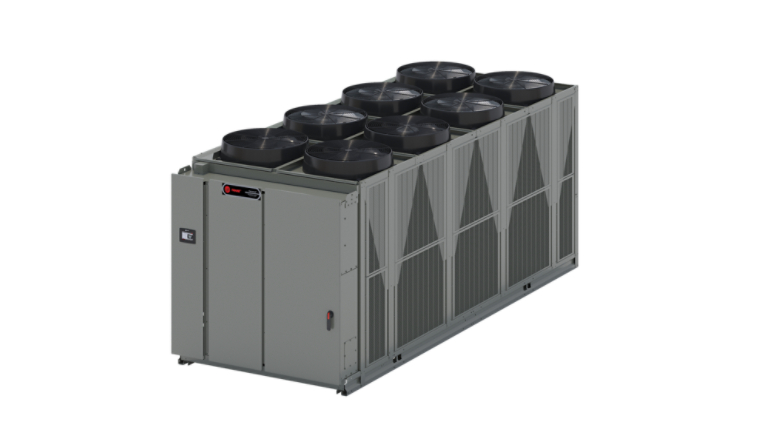Glossary
Cooling Capacity
Discover what cooling capacity is and how it's used to determine the best size for HVAC systems.


Selecting a language changes the language and content on the Trane site.
Trane ComfortSite is an extranet site designed to save you time. With your secure login, you can:
This is the login for Trane® Connect™ and other Trane® commercial applications. Trane® Connect™ is our secure, cloud-based customer portal to access your building systems to remotely monitor and manage building systems, and conduct routine maintenance.
Latin America
Europe
Asia Pacific
Glossary
Discover what cooling capacity is and how it's used to determine the best size for HVAC systems.


Cooling capacity is the measure of how much heat an HVAC system can remove from an indoor space over a given period, typically expressed in kilowatts (kW), British Thermal Units (BTU) per hour (BTU/h), or tons of refrigeration. For commercial facilities, understanding cooling capacity is critical to maintaining indoor comfort, managing energy use, and protecting your investment in building operations.
The British thermal unit refers to the amount of heat that’s added to or removed from one pound of liquid water to raise or lower its temperature by one degree Fahrenheit. One ton of refrigeration equals 12,000 BTU per hour or 3.517 kW.
Commercial calculations are more complex than residential sizing. Engineers and HVAC professionals consider a wide range of factors, including:
Determining the best cooling capacity for your building is crucial. Undersized systems lead to comfort complaints, longer runtimes, and excessive strain on equipment. Oversized systems may cool too quickly, causing humidity issues, short cycling, and unnecessary capital and operational costs. Both situations drive up operating expenses and reduce system reliability.
Resources for Cooling Capacity
For accurate HVAC system sizing, a Manual N load calculation or a full building energy model for large facilities should be performed. These calculations provide the most precise cooling capacity requirements for your application.
We recommend consulting with a trusted commercial HVAC partner in the design phase of a new building, or when it’s time to replace or upgrade, to ensure your system is designed and installed to balance efficiency, performance, and long-term cost savings.
Trane has decades of experience engineering HVAC solutions for buildings of all types and sizes. Our experts design systems with the right capacity, advanced energy efficiency features and compatibility with your building’s infrastructure. From rooftop units to chillers, we deliver solutions that optimize comfort, reduce greenhouse gas emissions, and lower the total cost of ownership.
Contact your local Trane commercial representative to learn more about proper cooling capacity and system design for your building.
